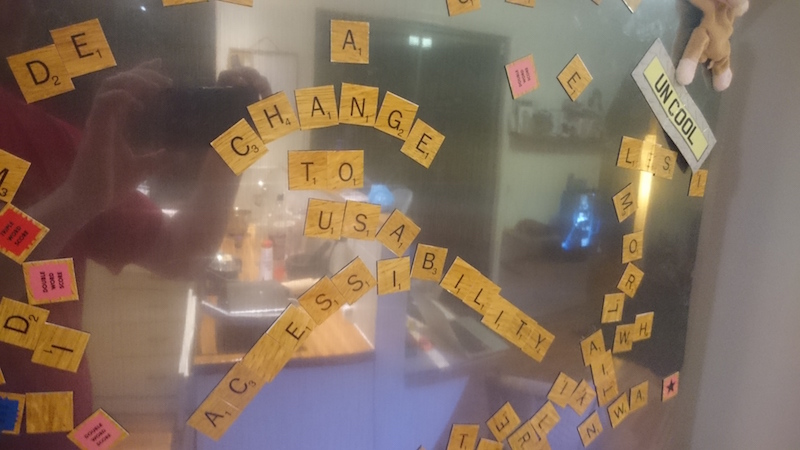Australian English—where the bloody hell did it come from?
How do we explain the general homogeneity of the Australian accent (almost no variation in a country 30 times the size of Britain)? What is Australian English, anyway? (Is it more than just the accent?) This post explores these questions, and influences on Australian English—from colonial times to present day.





